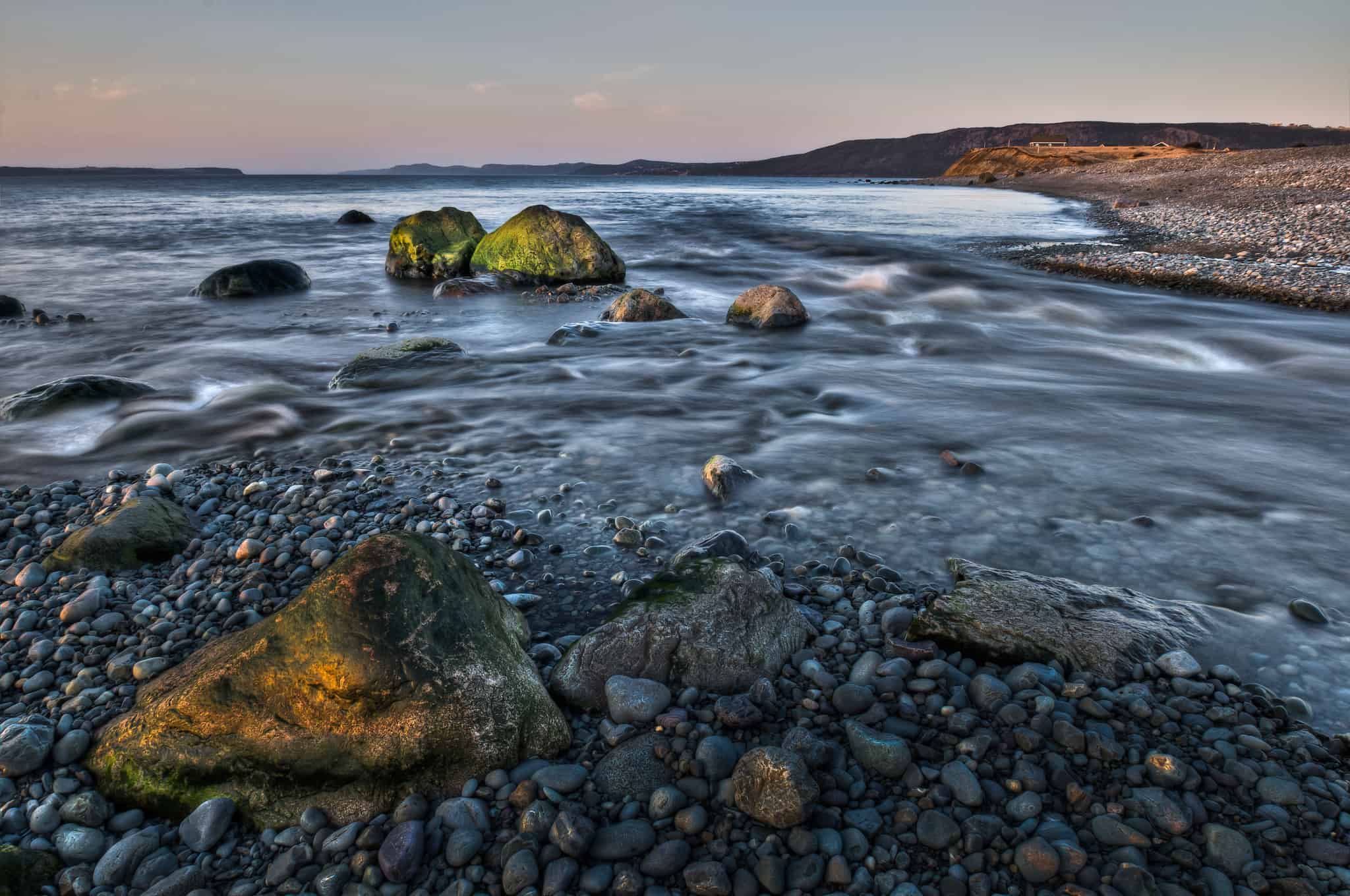When World War I and II struck the world, Newfoundland was not yet the Canadian province it is known as today. Instead, Newfoundland was still known as Britain's oldest colony. Although it suffered economically during the majority of those two great wars, Newfoundland persisted with the help of both Canada and Britain. It managed to provide troops to the wars and aid in the war effort, in which war sites, memorials, museums and landmarks were created honouring Newfoundland both at home and abroad.
Beaumont-Hamel Newfoundland Memorial
 https://www.flickr.com/photos/ohgeorgie/
https://www.flickr.com/photos/ohgeorgie/
Surprisingly, one of Newfoundland's most famous war memorials to their troops is not located in Newfoundland at all. The Beaumont-Hamel Newfoundland Memorial is located all the way across the ocean in Beaumont Hamel, France. The memorial sits in commemoration of the Dominion of Newfoundland forces that were killed here during World War I. The preserved battlefield park encompasses the very grounds where the Newfoundland Regiment made their unsuccessful attack during the first day of the Battle of the Somme. Sadly, the Battle of Somme was the Newfoundland Regiment's very first major engagement and the assault, which lasted approximately 30 minutes, saw them all but wiped out. After World War I ended, Newfoundland purchased the swathe of land and built the largest battalion memorial on the Western Front. It also serves as one of the two National Historic Sites of Canada located outside of Canada, representing the bravery and sacrifice of Newfoundland.
Shipwrecks of Bell Island
 https://www.flickr.com/photos/nicpik/
https://www.flickr.com/photos/nicpik/
Bell Island was a booming place in Newfoundland in during both World War I and II, during those times it was used in the production of war machines for the front over in Europe. Essentially, it was the factories here that helped get the rest of Canada more familiar with Newfoundland as the workers poured in from abroad to help in production. However, few remnants of war times exist on land at Bell Island, but underwater, there are some eternal memories. In the near freezing waters off the coast of Bell Island is the S.S. Saganaga, S.S. Lord Strathcona, S.S. Rose Castle and the PLM-27. During World War II, these ships were used to carry materials in and out of Bell Island until they were all sunk by torpedoes from German submarine U-513. Today they sit at the bottom of the ocean, all upright and intact save for where the torpedoes hit. Due to their stunning preservation, these four ships are considered one of the finest cold water diving spots in the world. For those that can stomach the cold, they can imbibe in full tours of these beautifully preserved ships and the sea life that now call them home.
Torbay Air Base
Although at the time this area was considered one of the foggiest places in Newfoundland, it was chosen as a the spot for one of the most integral Canadian air bases that was an important link in the North American defence during World War II. The air base at Torbay had been responsible for sighting and sinking more than ten U-boats within its first year of opening with the help of the Canadian, American and British pilots that were stationed there. Although U-boats were responsible for Allied ship sinkings at nearby Bell Island and elsewhere in Newfoundland, the addition of the airbase at Torbay turned the tide of their underwater terror. Today, visitors can visit the air base at Torbay, but they will undoubtedly know it by another name. Today it is called St. John's International Airport and is responsible for the majority of travel to and from Newfoundland. It was repurposed into a civilian airport after the end of World War II when no one was quite sure what to do with the space. Unfortunately, today it has very few of its original World War trappings, but history buffs can revel in the fact that they are standing on some very important ground in Newfoundland's World War history.
Military Museum
 https://www.flickr.com/photos/43021516@N06/
https://www.flickr.com/photos/43021516@N06/
The final stop for anyone touring Newfoundland's World War heritage should be the Military Museum in Grand Falls-Windsor, Newfoundland. Like the war memorials at home and abroad, this museum is dedicated to preserving the service of Newfoundlanders that served in both World Wars. There are a number of exhibits at the museum including trench line maps for the Royal Newfoundland Regiments at Beaumont Hamel, France during World War I. The Royal Artillery exhibit showcases the action and training photos of the 59th Heavy Regiment that served in France, Belgium and Germany as well as the 166th Regiment that served in Italy, England and North Africa. The Royal Navy and Air Force is also featured in exhibits that hold artifacts and photos of the HMS Malaya, HMS Sedan and HMS Barhon that served in World War II. The Military Museum goes on to document Newfoundland's involvement in other wars including peacekeeping missions in Bosnia, Israel and Cypress as well as the Korean War. All of this dedication is further cemented in the Memorial Room where medals and photos of most of the servicemen killed in action adorn the walls.


